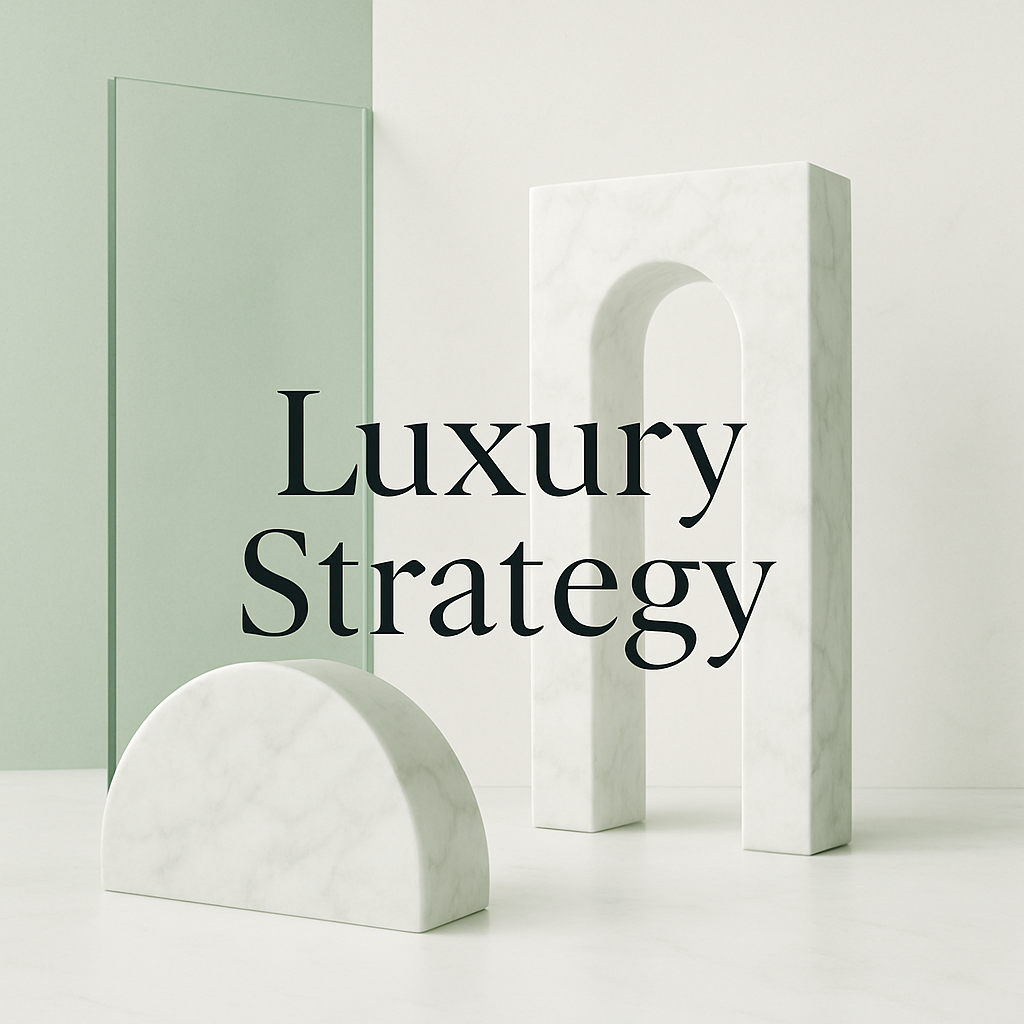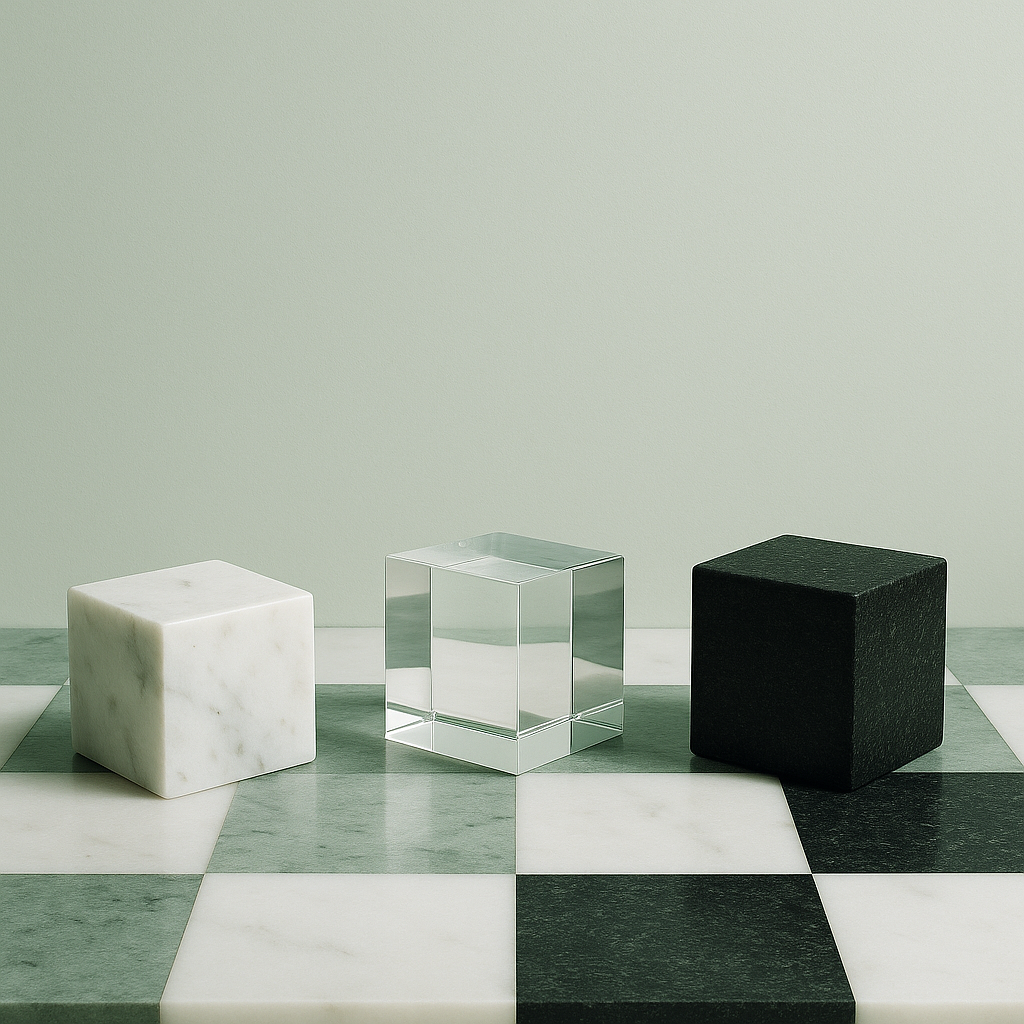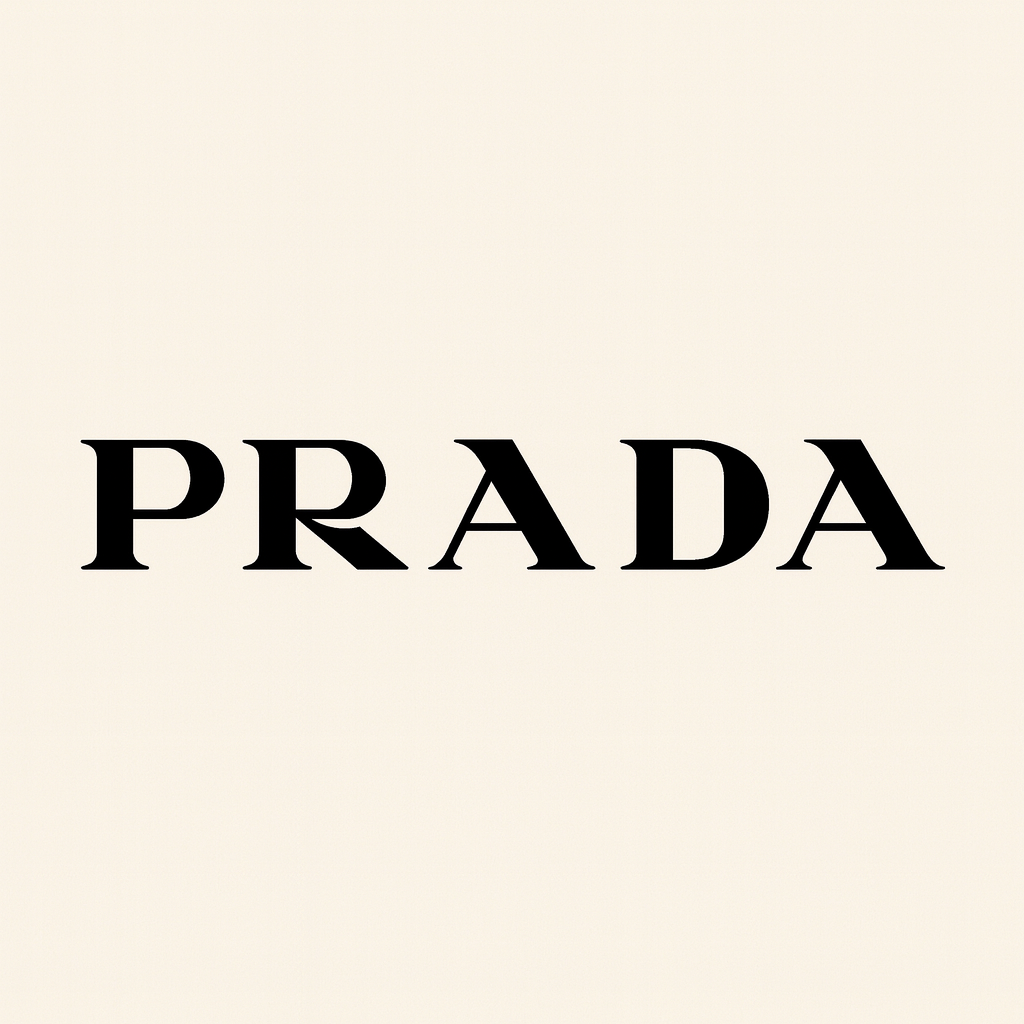
Luxury Strategy (Part 1)
In my previous blog, I wrote about the definition of a luxury brand and explained that luxury is not just about being expensive. It represents a unique philosophy and a distinctive way of approaching the market. Luxury branding is considered a particular type of marketing strategy. We also pointed out the difference between premium brands and luxury brands. While many premium brands are often mistaken for luxury, they don’t fully embody the essence of luxury.
In his book The Luxury Strategy, Kapferer dedicates a full chapter to the Anti-Laws of Marketing: principles that challenge conventional marketing rules. He explains that building a luxury brand requires a completely different mindset, that is totally different than the traditional logic of marketing. In this blog, we’ll review some of these key ideas for creating a true luxury brand.
Don’t Play the Positioning Game
One of the first lessons in classic brand management is about brand positioning. Many people believe that positioning is the very first step in building a brand. The logic behind positioning usually revolves around comparison. It’s about asking yourself questions like:
- Which brands do I compete with?
- How am I different from those brands?
- Which needs do I meet that other brands don’t?
- What is my “point of difference”?
These questions are essential in mainstream brand building. But in luxury branding, comparison simply doesn’t apply.
If you feel forced to compare yourself, you’re no longer a luxury brand.
Kapferer stresses that the moment you must measure your brand against others, you step out of the luxury realm. Luxury brands are built on identity, not on positioning grids.
To create a luxury brand, craft and codify a brand identity manifesto, but don’t enter the game of comparisons and positioning.
Every luxury brand carries its own story and its own dreams. It expresses and stages those dreams through its products.
Luxury Is Not Demand-Driven
Traditional marketing is largely built on a demand-based logic. This means it is constantly asking questions like:
- What do people want?
- What features do people expect?
- Which product gaps exist in the market right now?
- In which price segment is there space for me to launch a product?
But luxury brands do not follow this logic. They don’t ask what people are saying or what empty spots exist. Luxury brands believe that they must create something themselves and then offer it to the world. The product becomes meaningful and desirable because it expresses the brand’s own identity, not because it’s trying to meet pre-defined expectations of the market. Luxury carmakers see things differently: they decide what they want to create, and then design the product according to their own vision. In doing so, they define what features the car (and the brand) should embody.
When you step into a luxury store, the salesperson NEVER start by asking you: “What do you want?” or “What features are you looking for?” That belongs to traditional retail logic. Instead, the salesperson introduces the products, explains the history, the story, and the unique features of the brand. You then make your decision based on that narrative.
In traditional marketing, the customer is king. But for luxury brands, true power lies in having the strength and determination to resist customer demands.
Kapferer emphasizes that the relationship between a customer and a luxury brand is more like that of a child and a parent. The luxury brand holds a higher position: it guides, teaches, and even shapes the customer. There is an authority and power inherent in that relationship. That's where a luxury brand sometimes needs to take on the role of a mentor, teacher, or cultural guide. It’s not just about selling a product, it’s about teaching customers how to use it, appreciate it, and understand the cultural codes that surround it. (Think of it as a parent raising a child, the customer is not a king anymore).
Don’t Sell Your Product to Everyone
The dream of traditional marketing is to sell as much as possible, to attract customers from every segment, even those who are usually loyal to other brands. The logic is: sell to everyone at every price point.
Luxury brands refuse this. A true luxury brand does not sell to just anyone. A luxury product must be sold only to those who are passionate about it, to people who recognize its values and principles. This ensures that the brand’s identity and soul remain intact. If you insist on selling your brand to “everyone,” your brand will gradually lose its distinctiveness and value.
Don’t Chase Growth at Any Cost
Every time someone buys a luxury product, the brand loses a little bit of its rarity and aura. Why? Because that product becomes more visible, more accessible, and thus a little less ‘luxurious'.
Kapferer says that, but of course, this doesn’t mean a luxury brand should hide itself or stop being seen. On the contrary, a luxury brand must continuously present itself to the public and nurture dreams. But it must not become overexposed, constantly available on every street corner, in everyone’s hand, or too easily within reach.
This is why Patrick Thomas, the former CEO of Hermès, once said: “When one of our products sells too well, we stop producing it.”
This principle protects luxury: growth must never come at the cost of losing exclusivity.
Here we can make an interesting comparison: a non-luxury brand like Ferrero (with sub-brands such as Kinder and Nutella) versus a true luxury brand like Ferrari.
Ferrero’s managers are committed to constant growth, making sure their products remain accessible, repeatable, and widely distributed. Their natural goal is to sell as much as possible, to as many people, in as many places as possible. Ferrari, on the other hand, takes the opposite approach. Even though there is overwhelming demand for its cars, Ferrari never produces more than couple of thousands ina year just because there are demands in the market.
For a customer, buying a luxury brand is never meant to be easy. It’s not simply about “having the money.” While money is a necessary condition, it’s not sufficient on its own. There must also be patience, waiting, and endurance, because that journey of desire and anticipation is an essential part of the luxury experience.
A Luxury Brand Must Advertise to Everyone (even to those who will never be its customers)
At the beginning Imentioned that Kapferer explains how the rules for building a luxury brand are very different from the principles of classic marketing. One of those differences is in advertising.
Traditional marketing always defines advertising as a way to target customers. in other words, your advertising budget should only be spent on people who are potential buyers. For example, if you spend 10k on advertising and 90% of that budget is wasted on people who will never be your customers, then in the traditional logic of marketing, that is considered inefficient.
But luxury brands don’t operate that way.
Imagine someone buys a luxury product. They’ll enjoy it and use it, but the people around them will also see it. If those people don’t recognize that it’s a luxury brand, then part of its value is lost.
This is why luxury brands advertise widely, not only to their buyers, but also to society as a whole. Their goal is to strengthen brand recognition, so that even people who will never buy the brand can still recognize it and acknowledge its value.
This was the first part, in my next blog I will continue talking about Luxury Strategy. Have a lovely summer ahead ❤️
By
June 12, 2025
.png)
.png)



